Many dog behavior problems owner’s experience can be attributed to improper socialization of puppies, lack of training, a misunderstanding of normal canine behavior, placing certain breeds into environments that do not allow for natural stress relief, abuse, failure to give our dogs enough exercise, and sadly, abuse. Some behavior problems can be easy to correct, while others are more serious. Some specific issues you might be dealing with include excessive barking, chewing, digging, begging, chasing, jumping, inappropriate elimination, phobia to loud noises, separation anxiety, biting, or aggressive behavior. It is important for you, as a dog owner, to have a plan for building positive behaviors in your dog — whether you get them as a puppy or later in their life.
Getting Started on the Right Track
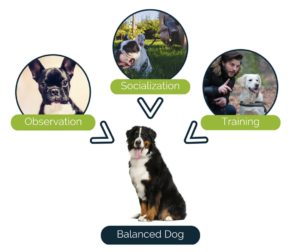
It is important to select the appropriate breed of dog for you and your living situation. Many breeds have special requirements for natural instincts like a space to run and play, herd other animals, and retrieve or hunt objects. Knowing the needs of any dog you may be considering and determining whether or not their needs fit into your lifestyle and schedule will go a long way towards eliminating many of the potential canine behavior problems you may encounter along the way.
Socialization
Acquainting a dog with its new surroundings and “new pack members” is vital, especially when you are getting a puppy. Dogs mature much faster than we think and when we do not teach a young dog the difference between acceptable behavior and natural canine pack behaviors they will simply go with their natural instructs to bark, dig, chew and eliminate anywhere when needed.
Puppy-Proofing the Environment
For puppies, everything is fair game for chewing and eating — if you do not want your furniture, rugs, shoes, cords, or children’s toys ruined, repeat these tips until behavior obedience training is completed:
- Safe Zone: Never give your puppy the unattended full run of the house. Decide an area that is safe and easily kept clean and then eliminate any dangerous objects (plants, electrical wires, etc.) that can be chewed on, eaten, or knocked over by an exploring puppy.
- Provide Safe Toys: Do provide a few safe toys to occupy the time when you are not directly supervising the new puppy. Chew toys satisfy a natural need, can help alleviate the pain associated with teething, and can stimulate they young minds. Toys can also provide relief from stress and boredom that can lead to unwanted behaviors. Swapping out toys every few days will also provide your new friend different challenges that may save you from having to replace a pair of very expensive shoes.
- Crate Train: A crate offers a safe environment for your puppy to retreat to, sleep in, and occasionally allow you some alone time. Crate training is also a good method of housebreaking your puppy.
- Provide Plenty of Exercise: Puppies have energy to spare. Providing them with a supervised way to burn this energy off will go a long way towards gaining a well-behaved pet. Exercise also helps socialize a puppy by introducing it to many new and different environments. If you remain relaxed during this process and provide positive feedback in the manner of praise, the puppy will become more relaxed and learn acceptable behavior around strangers and new objects. It also doesn’t hurt that a well-exercised pet needs plenty of rest!
- Correcting: Redirecting your puppy when he is about to do something unwanted is the best way to correct bad behavior. Hitting, swatting, or vocally scolding a young puppy for attempting to do what is natural (chew, dig, eliminate, bark, etc.) is confusing and can also ruin the “teacher-student” relationship you need to develop with your new pet. When you see an unwanted behavior, simply redirect by giving them a toy to chew, move them to an area where digging cannot be accomplished, take them outside, or quiet them with a calm voice.
Specific Problem Areas
Excessive Barking: Dogs will be dogs — and most dogs will bark, whine, and howl at times! Dogs bark for many different reasons:
- To warn, alert, and protect
- To “speak” to humans and other dogs
- When excited or during play
- To seek attention, relieve stress/anxiety/boredom

If you are observant, you can often determine why your dog is barking and associate that with the different barking sounds it is making. Most trainers use “speak” and “quiet” commands — this process of teaching your dog when barking is ok and when to be quiet will require being consistent and patient (and will be easier if begun early).
Chewing: Chewing is a natural behavior for all dogs. The most common reasons for chewing are:
- Exploration (and not learning which objects are meant to be left alone)
- Relieve teething pin
- Calm themselves and relieve boredom
- Anxiety or separation anxiety
If you see your dog chewing the wrong thing, quickly correct them with a sharp noise (clap, whistle, or clicker) and replace the item with a chew toy.
Digging: Dogs will instinctively dig for the following reasons:
- Natural breed instincts (ex: Terriers were bread to root critters out of the ground)
- Nesting behavior
- Hiding their possessions
- Escaping or gaining access to an area
- Boredom, anxiety, or fear
- Burning off excessive energy
If you can determine the cause, it will help you develop a method for eliminating the behavior. Do not leave chronic diggers outside without supervision. A well-exercised dog will not need to dig in order to get rid of extra energy. If you dog loves to bury their possessions, do not allow them to have toys outside unless you are playing with them.
Begging: In the wild, dogs hunted for food when they were hungry and needed to feed their young. Today, our domesticated dogs rely directly on us to feed them, which can lead to begging. It seems that they have even developed a look that is hard to resist when they want that extra treat or food from the table. All of the extra love in the form of food has created an obesity problem in domesticated dogs. If you really want your dog to be as healthy as possible, don’t just resist their attempts at begging, but teach them not to beg.
As leader of the pack, only let your dog be present while you eat if they are quietly lying down. If begging begins, remove the dog to another area of the house. When feeding your dog, I recommend making the dog sit until you give it the command to eat. I use “okay” when they can get their food and then say “good dog” when they obey.
Chasing: We have all experienced the dog that comes tearing out of the driveway towards your moving car, causing a brief moment of terror. This is a dog whose natural predatory chase instincts have taken over in a big way. Such dangerous behavior should be immediately addressed using the following guidelines:
Train your dog on a leach not to become overly excited around other dogs, joggers, bicycles, or cars. This can be done by remaining calm and using commands such as “sit” or “stay” when these things are close by.
Jumping: Dogs jump up for many reasons — to greet people, exert dominance, or seek attention. In our attempts to end this behavior many methods such as kneeing the dog in the chest, grabbing the digs paws, pushing the dog down, or loudly saying down have been used. All of these are confusing to the dog as it is actually acknowledging their effort to seek attention. A better method requires that you simply turn away from the dog and ignore it. When the dog calms down and doesn’t jump up as you approach, give the command to “sit” and then calmly reward the dog with praise (and possibly a small treat).
Improper Elimination: Training your dog to eliminate only in appropriate places can do a lot for making your pet a welcome member in your home, public places, and the homes of others. It is not uncommon for puppies, even when house trained, to have an accident when excited or left too long without being taken out and similarly senior dogs who may become incontinent.
- Non-medical inappropriate urination and defecation in the house not associated with inadequate housebreaking can be due to:
- Territorial marking
- Submissive or excitement urination
- Anxiety and fear
- Seeking attention
Inappropriate elimination behavior requires behavior modification. Consulting an animal behaviorist or competent trainer may provide the assistance you need to control the issue. Punishment of any kind is not warranted, as it will not correct the behavior.
When you are unsure about the cause of an adult or senior dog’s sudden change in elimination behavior, you should see your veterinarian in order to rule out any health problems such as urinary tract problems, urinary incontinence, kidney disease, Cushing’s disease, and diabetes as many can easily be treated.
Thunderstorm Phobia: Astraphobia is the feat of thunder and lightning. This is fairly common for many dogs and usually results in their being overwhelmed with fear during a storm. It is unknown why dogs become fearful of storms, but the loud noise of thunder is more than likely the cause. Dogs can sense barometric changes and become anxious and reclusive long before the storm arrives — this includes panting, pacing, and whining. Behavioral changes during the storm can escalate to panic leading to inappropriate destructive and elimination behaviors.
Never leave your dog outside during a storm. Provide a comfortable place for the dog like a crate placed in the quietest place in the home. You can also try providing music, using a dog appeasing pheromone, or placing the dog in a Thunder Shirt designed to minimize anxiety and stress.

Separation Anxiety: Separation anxiety is a disorder that causes dogs to panic at the idea of being left home along — the panic is so overwhelming that when you leave, they tend to bark, inappropriately urinate and defecate, and chew or scratch furniture and other belongings.
True separation anxiety is stressful for both dogs and owners, especially because typical obedience training will not prevent separation anxiety nor will it work to decrease the anxiety. Treatment will require behavior modification and desensitization programs that gradually let your dog get used to being left alone. Certain medications may also support overall efforts to alter the behavior.
Biting: We must show our puppies that mouthing and biting is not acceptable. It is important to understand that any dog is capable of biting, regardless of breed or size. Bite prevention and awareness should be part of all dog owners training, as even the nicest dog can snap or bite when injured or afraid. Check out our to learn more.
Aggressive Behavior: Growling, snarling, showing teeth, lunging, and biting are all signs of canine aggressive behavior. All dogs have the potential to become aggressive, regardless of breed or history. Dogs that have been abused by their owners are especially susceptible to becoming overly aggressive. Aggression is one of those conditions that unless very experienced, owners should not attempt to fix on their own. A qualified trainer or animal behaviorist will identify the cause of aggression and devise a plan to eliminate aggressive triggers.
Dog Fighting: Knowing the difference between dog play, acts of dominance, and when dogs are really intending to do harm to each other can be an important key in preventing a fight and the damage that may ensue. Fights occur for many reasons — play can escalate into a fight if one dog becomes too aggressive, fights over food or territory can occur, as well as protection of an owner. Never physically get in the middle of two dogs that are fighting! Remain as calm as possible and try spraying them with water, using a loud noise, throwing a large blanket over them, and anything else to break their focus.
Canine Behavior Support Supplement
Most behavior problems can be dealt with through behavior modification techniques and professional help. In addition to seeking advice from professionals, it has been shown that certain nutrients and botanicals can provide a calming effect that can take the edge off and make it easier for you and your dog to eliminate unwanted behavior. My Canine Behavior Support product is a unique proprietary blend of natural calming agents that help reduce the negative side effects of stress in the dog. Some of these behaviors include anxiety, separation anxiety, aggression, fear, hyper activity, or motion sickness, and it is exceptionally useful when boarding, traveling, or training a dog. These support tablets include biologically appropriate, high-quality, natural ingredients such as Chamomile, Lemon Balm, Valerian Root, L-Theanine, Taurine, and Magnesium. Help your dog become a good canine citizen — use Canine Behavior Support whenever behavior problems are present.
Check out our products for Behavior Support.
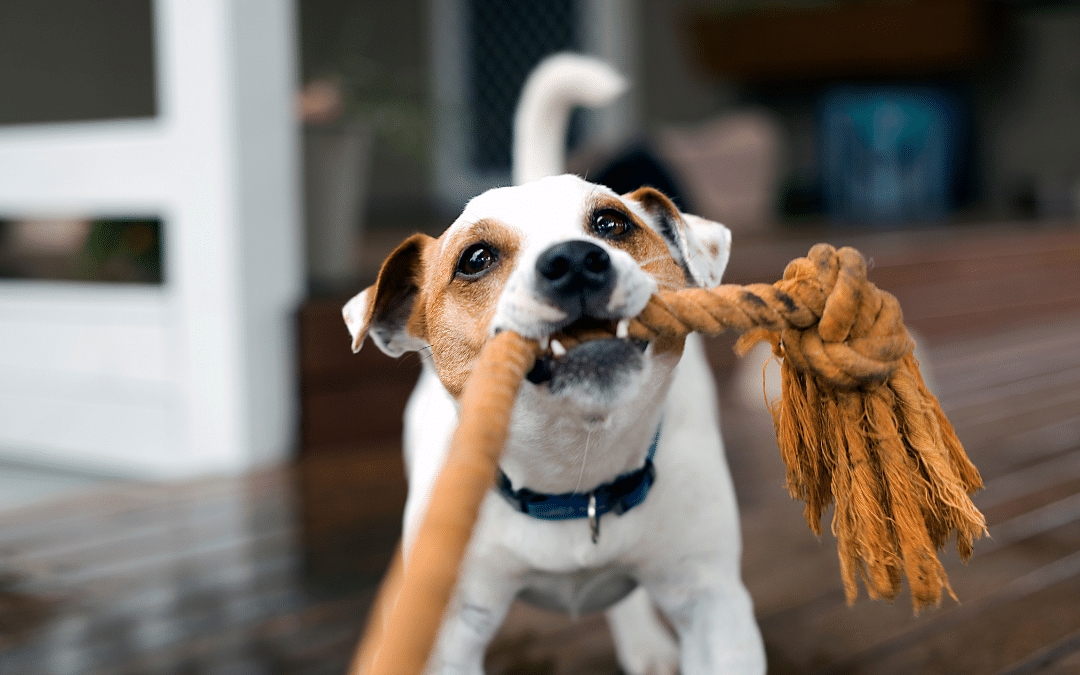
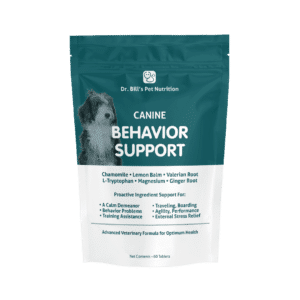
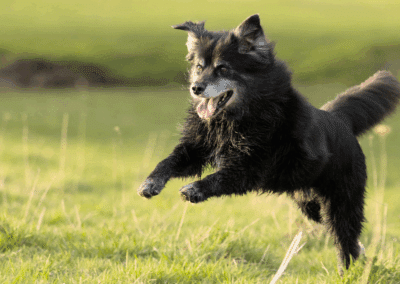
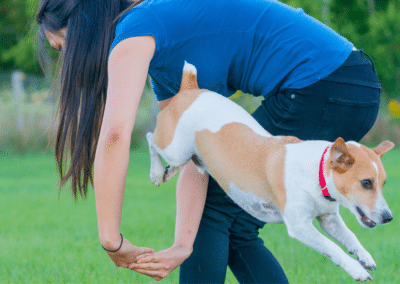
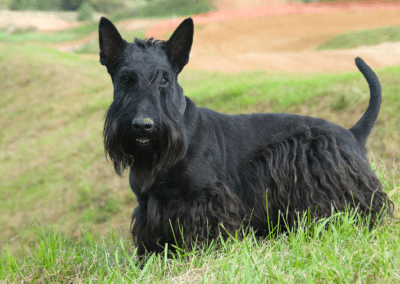




0 Comments